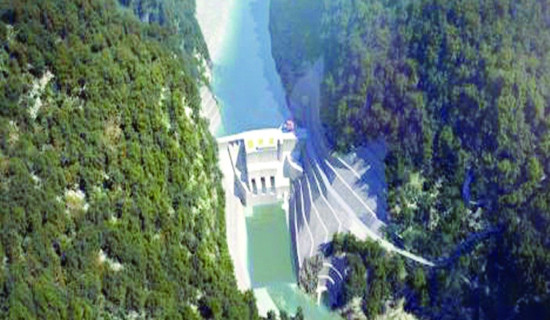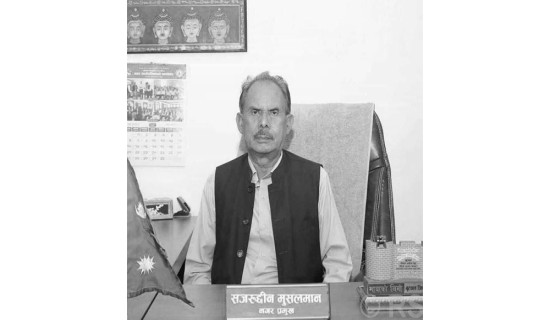- Saturday, 30 August 2025
Challenges Facing LLDCs
Geographical location has been a defining element in the destiny of any country. Rich minerals, fertile land, and access to the sea play a crucial role in trade, connectivity, and economic prosperity. The country's foreign policy and conduct of international relations are also shaped by the kind of geography it is situated in. The woes of Landlocked Developing Countries (LLDCs) reflect this reality. They lament that they have been isolated from the global markets owing to the lack of easy access to the sea. The reliance on transit countries for access to international markets results in increased transportation trade costs and delays in the movement of goods. The political and financial instability in transit countries makes their trade further vulnerable. Such a drawback not only dents foreign trade but also foreign direct investment.
Potential foreign investors are less likely to pour their money into LLDCs due to the dim prospect of the export markets for their products. According to the United Nations, which voices for unhindered access of these countries to foreign trade, LLDCs pay more than double their neighbours in transport costs to send and receive goods from overseas markets. The number of LLDCs stands at 32 - Africa (16), Asia (10), Europe (4), and South America (2). In December last year, the UN General Assembly adopted the Awaza Programme of Action (PoA) for the transformative development of LLDCs. Based on the Vienna Programme of Action (2014–2024), the APoA aims to accelerate progress in the field of trade facilitation, transport connectivity, technology, climate resilience and the mobilisation of international support for the LLDCs. But there is no satisfactory implementation of the action plan.
The 3rd UN Conference on Landlocked Developing Countries is currently being held in Awaza, Turkmenistan (5 to 8 August 2025) under the theme, ‘Driving Progress Through Partnerships’. It is expected to give momentum to the Vienna blueprint in the direction of removing the structural challenges of LLDCs. It is geared towards building meaningful strategic partnerships to harness their development potential. Addressing the conference, Prime Minister KP Sharma Oli said that LLDCs are not just defined by their inherent geographical constraints but they are also defined by their potential, such as untapped natural endowments, investment opportunities, youthful and innovative populations and the digital economy. Stating that the Awaza Programme of Action offered a renewed opportunity to address these longstanding bottlenecks and seize new pathways toward inclusive and resilient growth, Prime Minister Oli has called for stronger political will, renewed and strengthened global partnership, and coordinated actions at all levels.
Right policies, strong solidarity and support for the LLDCs can transition them from landlocked to land-linked, transit-dependent to trade-competitive and climate-vulnerable to climate-resilient countries. Another important point the Prime Minister raised is that Nepal is working closely with its neighbours, China and India, for enhanced connectivity and integration across multiple domains. As an LLDC nation, it is facing high transport costs, limited regional integration and inadequate infrastructure. It has taken a series of policies to transform itself from a landlocked to a land-linked country through investment in the expansion of highways and railways, cross-border trade routes, digital corridors and green energy partnerships. Besides, it is committed to aligning its efforts with regional and international initiatives to overcome LLDC-specific vulnerabilities. As PM Oli has said, geography must no longer determine the destiny of nations. In this context, the UN conclave should contribute to mustering regional solidarity and global cooperation to end the structural difficulties of the LLDCs.

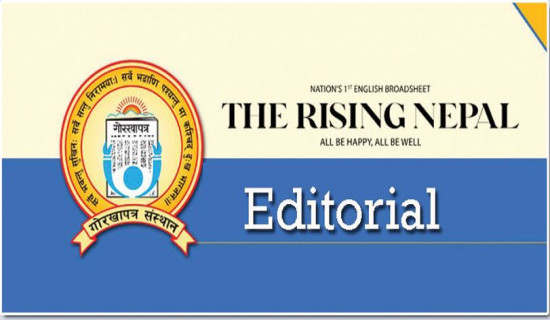
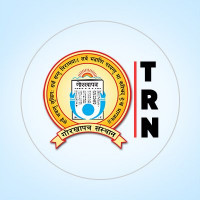

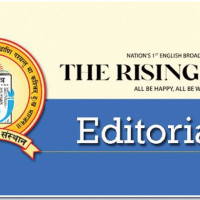








-original-thumb.jpg)
